
One lesson I’ve encountered in my tenure as a realtor is that learning to stay away from the shiny object syndrome is a big challenge. I’ve always admired technology and what it has done for my business and industry. I admit I am the agent who downloads every new application I can find and I love finding ways I can apply it to my business. Technology has made my life simpler in many ways, but I believe it has also taken some of the true essence of real estate away from us. We can communicate faster; we don’t have to drive documents around or even worse, fax them; we can instantly have all the information we need about a property at our fingertips; and we have numerous platforms to connect with the people we serve. However, everything comes with a cost. The cost is the threat of losing that personal, face to face connection with our clients.
Something on which I advise my team, and the agents I mentor and train, has always been preventing yourself from being replaced by technology. At the end of the day our clients need us for many things that technology cannot provide. My personal experience has taught me that clients, especially millennials, love using technology; they love being able to sign things digitally on their phone, look up schools in the area, browse homes in a neighborhood by using GPS and even utilize email and text to communicate while they are at work and can’t talk. What I have also learned is more than ever, people are longing for human connection, guidance and support. Believe it or not, millennials are craving this the most.
Continue reading

 Login
Login

















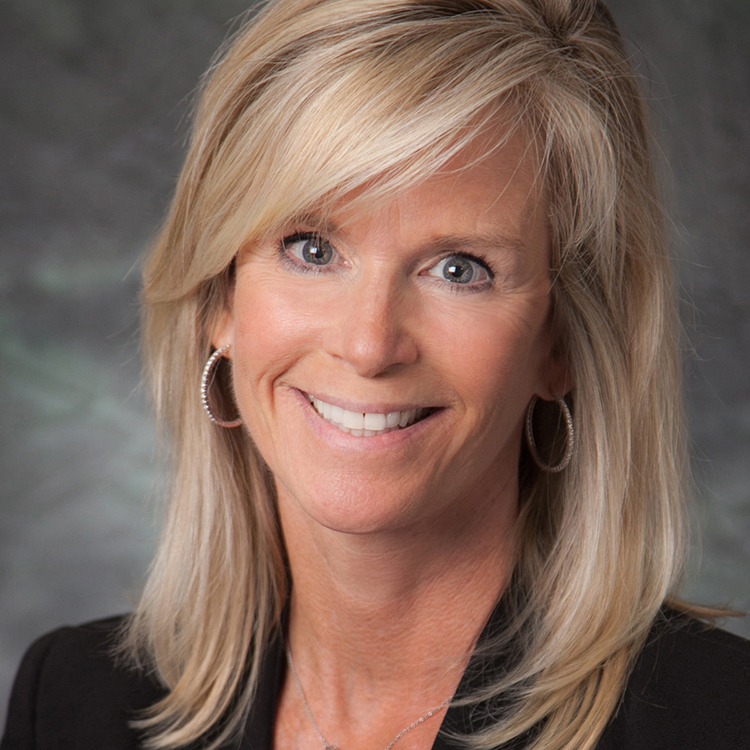

 NAWRB: What is your favorite characteristic of Washington, D.C.? What sets the nation’s capital apart from other cities in which you’ve lived?
NAWRB: What is your favorite characteristic of Washington, D.C.? What sets the nation’s capital apart from other cities in which you’ve lived?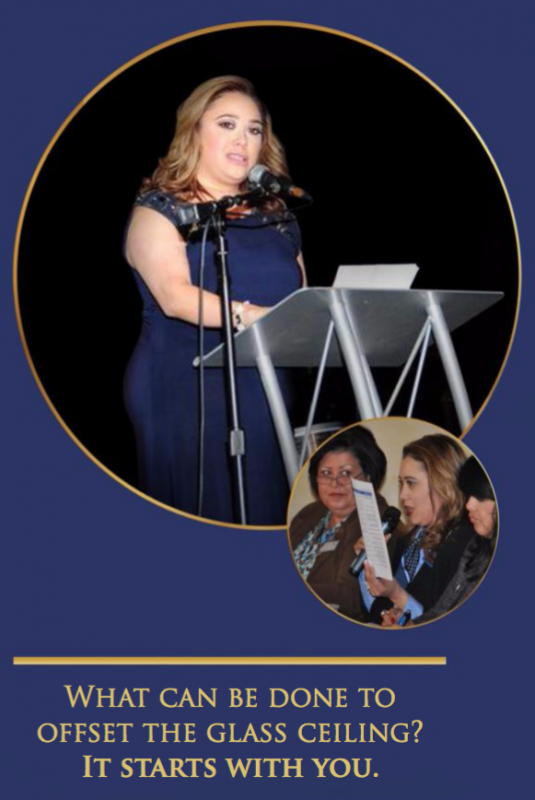 by Vanessa Montañez
by Vanessa Montañez
 Commuting to San Francisco from her home is out of the question. A two-hour commute would mean having to leave home before 5:00 a.m. and moving closer, perhaps to Oakland, still results in a commute exceeding an hour.
Commuting to San Francisco from her home is out of the question. A two-hour commute would mean having to leave home before 5:00 a.m. and moving closer, perhaps to Oakland, still results in a commute exceeding an hour.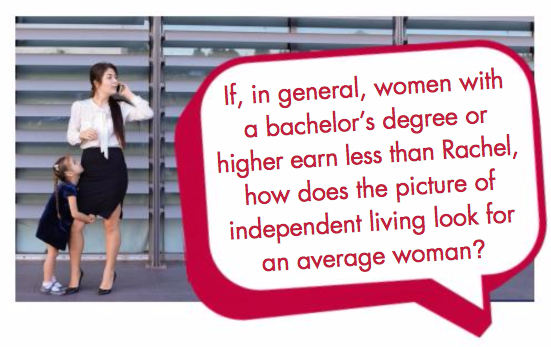 Despite earning more than the median weekly income of $1,049 for women with a bachelor’s degree or higher, Rachel’s salary doesn’t go very far in the City by the Bay. In fact, after rent, Sam’s preschool tuition is more than all her other bills combined.
Despite earning more than the median weekly income of $1,049 for women with a bachelor’s degree or higher, Rachel’s salary doesn’t go very far in the City by the Bay. In fact, after rent, Sam’s preschool tuition is more than all her other bills combined.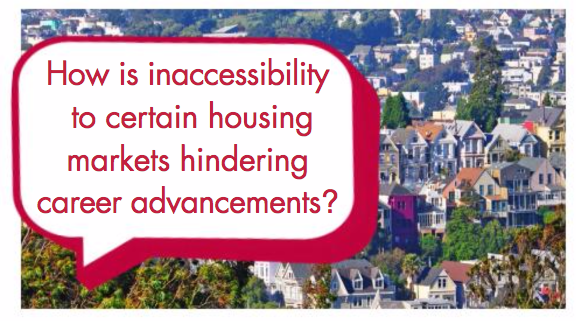 Rent for a two-bedroom apartment in San Francisco would run Rachel about $4,550 a month. Neighboring Oakland’s rent is much more affordable, but still averages a whopping $2,500 a month in addition to the commute. With rents averaging $3,330, Rachel wouldn’t even be able to afford downsizing to a one-bedroom in San Francisco.The difficulty in affording a move for her job is an unusual challenge for Rachel, a successful, independent person who has always earned her keep by the sweat on her brow. Her life has developed in line with her achievements. Now, though, Rachel’s efforts have landed her a dream job, but they cannot sustain the living expenses. The scale is tipped, the conditions imbalanced. She is qualified to teach students in San Francisco, but not capable of living in their city.
Rent for a two-bedroom apartment in San Francisco would run Rachel about $4,550 a month. Neighboring Oakland’s rent is much more affordable, but still averages a whopping $2,500 a month in addition to the commute. With rents averaging $3,330, Rachel wouldn’t even be able to afford downsizing to a one-bedroom in San Francisco.The difficulty in affording a move for her job is an unusual challenge for Rachel, a successful, independent person who has always earned her keep by the sweat on her brow. Her life has developed in line with her achievements. Now, though, Rachel’s efforts have landed her a dream job, but they cannot sustain the living expenses. The scale is tipped, the conditions imbalanced. She is qualified to teach students in San Francisco, but not capable of living in their city.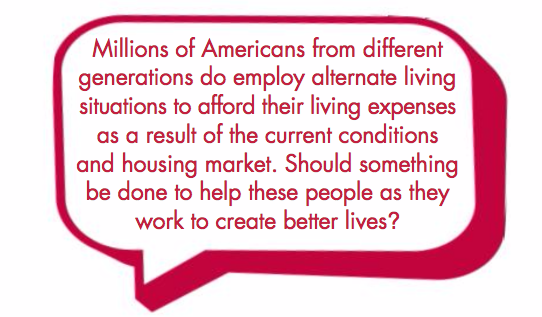 Being priced out of certain neighborhoods has been a reality for Americans. This is a difficult situation, but could she make it work if she really wanted to? There’s options. Possible options range from having a roommate, maybe two, asking someone to borrow money, even just making do and enduring a long commute to the city.
Being priced out of certain neighborhoods has been a reality for Americans. This is a difficult situation, but could she make it work if she really wanted to? There’s options. Possible options range from having a roommate, maybe two, asking someone to borrow money, even just making do and enduring a long commute to the city.





 According to the Wall Street Journal, over 34,000 computer security incidents occur every day – and 62 percent of those incidents involve breaches of small and medium-
According to the Wall Street Journal, over 34,000 computer security incidents occur every day – and 62 percent of those incidents involve breaches of small and medium-